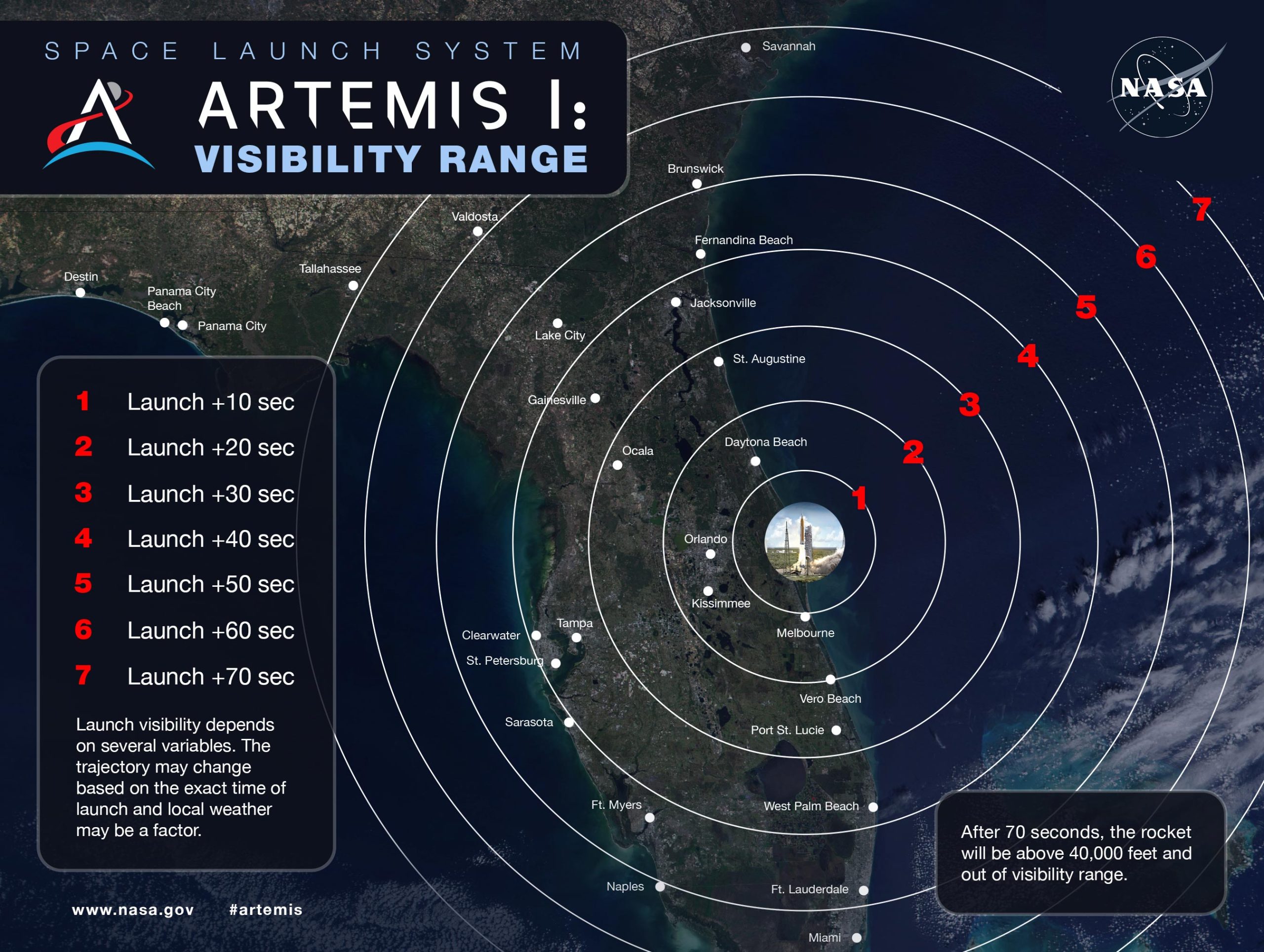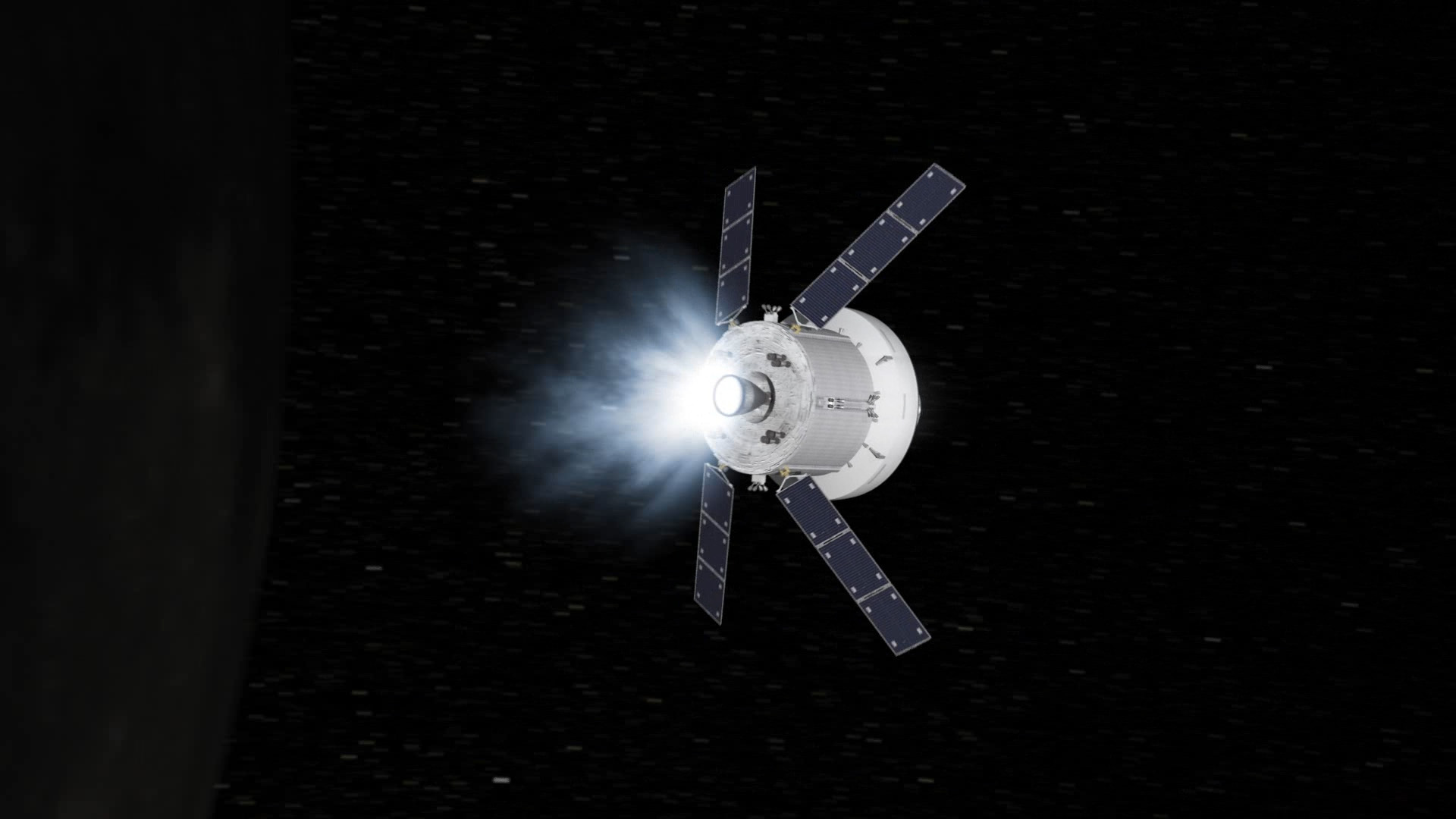
Orion will stay in its lunar DRO for about two weeks. For Artemis moon missions, science will reign supreme NASA's Artemis program of lunar exploration Related: The Apollo program: How NASA sent astronauts to the moon The current record is held by NASA's troubled Apollo 13 mission, which got 248,654 miles (400,170 km) from home in April 1970. 7 (flight day 10), Orion will fire up its engines again and slide into its designated DRO.Ī day later, the capsule will get farther from Earth than any human-rated spacecraft ever has. 3, the capsule will perform an "outward powered flyby burn" and achieve its closest approach to the moon, skimming just 60 miles or so (100 kilometers) above the lunar surface. 3 - Orion will begin a new phase, making its way toward a distant retrograde orbit (DRO) around the moon. This journey will take a while according to the Artemis 1 press kit, flight days two through five will be devoted to "outbound transit." On flight day six - Sept. The Orion capsule and the service module that drives it, of course, will keep cruising toward the moon. (Image credit: Satellite image ©2022 Maxar Technologies) Maxar Technologies' WorldView-3 satellite captured this overhead photo of Artemis 1 on the pad on Aug. According to astrophysicist and satellite tracker Jonathan McDowell, those cubesats will start deploying from the adapter three hours and 40 minutes after launch, and the last of them will be flying freely by about T+8 hours. Those cubesats will perform a variety of work in deep space, from studying how radiation affects yeast DNA to hunting for water ice on the moon. The discarded upper stage's work isn't done, however: It's carrying, in a special adapter, 10 tiny cubesats that it must deploy. EDT (1539 GMT), two hours and six minutes after liftoff, embarking on its solo journey to the moon. Orion will separate from the SLS upper stage at 11:39 a.m.

EDT (1411 GMT), the upper stage will perform a crucial, 18-minute burn to send Orion on its way toward the moon. Fifty-one minutes after liftoff, the upper stage will conduct a 22-second engine burn to get itself and Orion a bit farther from our planet. Orion and the SLS upper stage will be orbiting Earth at this point. Another 10 minutes after that, Orion will start deploying its solar arrays, a process that will take about 12 minutes. The SLS core engines will shut down eight minutes and four seconds after liftoff, and the huge rocket's two stages will separate 12 seconds later. About a minute later, Orion will jettison its emergency launch-abort system and the protective fairing that covers its European-built service module. Two minutes and 12 seconds after launch, Artemis 1's two strap-on solid rocket boosters will separate and fall toward the Atlantic Ocean. That will happen at T-6.4 seconds, and the Artemis 1 stack will rise off Pad 39B when the countdown clock strikes zero. Finally, at T-10 seconds, the GLS will send the command for the SLS core's four RS-25 engines to start up. Those final 10 minutes will be jam-packed with milestones, including the switching of Orion and both SLS stages to internal power and the termination of propellant replenish activities. If it is, the GLS will start the terminal count at T-10 minutes. Then, at T-15 minutes, the launch director will poll the Artemis 1 team, asking everyone if the mission is "go" for launch. EDT (1153 GMT), 40 minutes before liftoff.

This is a lengthy process with many steps, including "replenish" operations that keep topping off the rocket's fuel, which will continue almost until T-0.Īnother built-in countdown hold will begin at 7:53 a.m. If all goes according to plan, loading of the SLS propellants - liquid hydrogen and liquid oxygen - will begin early Monday morning, about eight hours before liftoff. Just before midnight, the team will decide whether to start fueling up the SLS or postpone to another launch date. Late Sunday night, nine hours and 40 minutes before launch, a built-in countdown hold will begin, and the Artemis 1 team will conduct a weather and fueling briefing.
#ARTEMIS 1 LAUNCH TIME SOFTWARE#
Around that same time, the team will activate the mission's ground launch sequencer (GLS), a software program that automatically manages the final portion of a countdown. That evening, about 12 hours before liftoff, all non-essential personnel will leave Pad 39B. 28Įarly Sunday morning, the Artemis 1 team will charge the flight batteries on Orion and the SLS core stage, among other tasks. They'll also power up the SLS upper stage and core stage and begin getting the core's four RS-25 engines ready to go. For example, the team will fill the water tanks for the sound-suppression system at Kennedy Space Center's Launch Pad 39B, which will host the Artemis 1 liftoff. These folks will check off a number of milestones over the next 14 hours or so.


 0 kommentar(er)
0 kommentar(er)
